video:http://www.youtube.com/watch?v=p-xlhYCfQWY
When Atelier Bow-Wow explain their philosophy, they refer to people like Wajiro Kon (1988-1973), Genpei Akasegawa (1937-) and Terunobu Fujimori (1946-). Kon established modernology (as opposed to archaeology) through his ethnographic fieldwork on informal shelters that victims of 1923’s Great Kanto Earthquake built, while Akasegawa and Fujimori established Roadway Observation Society in 1986 to shed light on every little thing on the streets that could be a research object for artistic and architectural practices. Should Atelier Bow-Wow consider themselves as successor of these people, then their standpoint would be more in line to sympathise and respect the wisdoms applied to informal shelters such as use of discarded materials than to pursue large commercial, authoritarian architecture. Having been credited for such philosophy, Atelier Bow-Wow have been given opportunity to represent Japanese Pavilion for the 12th Venice Architecture Biennale. Koh Kitayama, the commissioner of Japanese Pavilion, introduces the concept of Japanese Pavilion as following:
Following the devastating crash of the capitalist economy, architecture, an icon of economic authority, has lost its leading role in the city and come to be questioned for its manner of supporting our lives. Although the city is the site of economic activity, the vast majority of its functions are concerned with daily life. Rather than looking at the economic spectacles that were developed over the latter half of the 20th century, I would like to express the fact that change itself, as an accumulation of quiet urban elements with daily life at their core, affects a spectacular influence on the appearance of the city. Throughout history, every city has been shaped by an uneven distribution of power (authority). In contemporary Tokyo, continually changing like a living organism before our eyes, an urban landscape, which has never appeared before, is being born out of a ubiquitous yet weak form of power (complete democracy). This also indicates the form of architecture that we must attain in order to support our lives as a symbiosis between environment and city, and as a community.
Right now, Nike’s project to regenerate Miyashita Park has been undergoing in Shibuya and Atelier Bow-Wow participate in the project as designer. One of the purposes of this project is ruthless gentrification of the park to evacuate homeless people who built informal shelters for living. In other words, Atelier Bow-wow’s participation means to support “the economic spectacles” by “uneven distribution of power (authority) which Kitamoto criticizes, but denies architecture of “ubiquitous yet weak form of power (complete democracy)”, including homeless people, which represents “as a symbiosis between environment and city, and as a community”. We strongly condemn their participation to the Nike’s project. Should Atelier Bow-Wow (Yoshiharu Tukamoto) put into practice their concept Kitayama incorporated in his introduction, they must withdraw from the regeneration of Miyashita Park. If Atelier Bow-Wow continues to participate in the project, their previous achievement should also be undermined significantly.
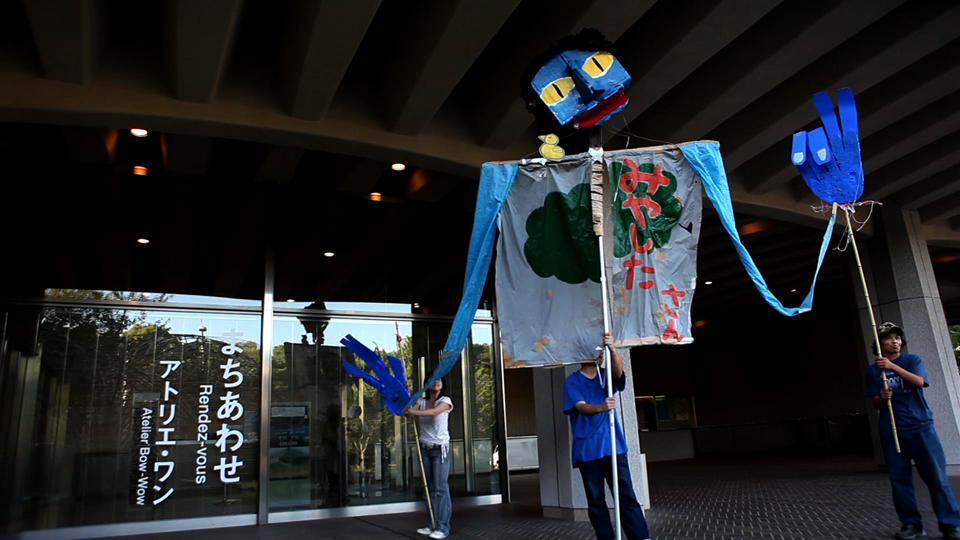
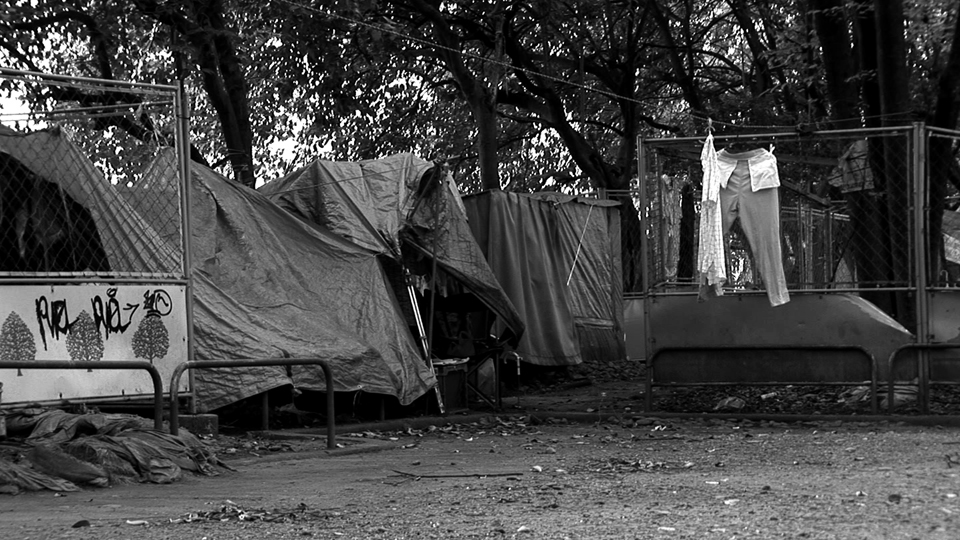
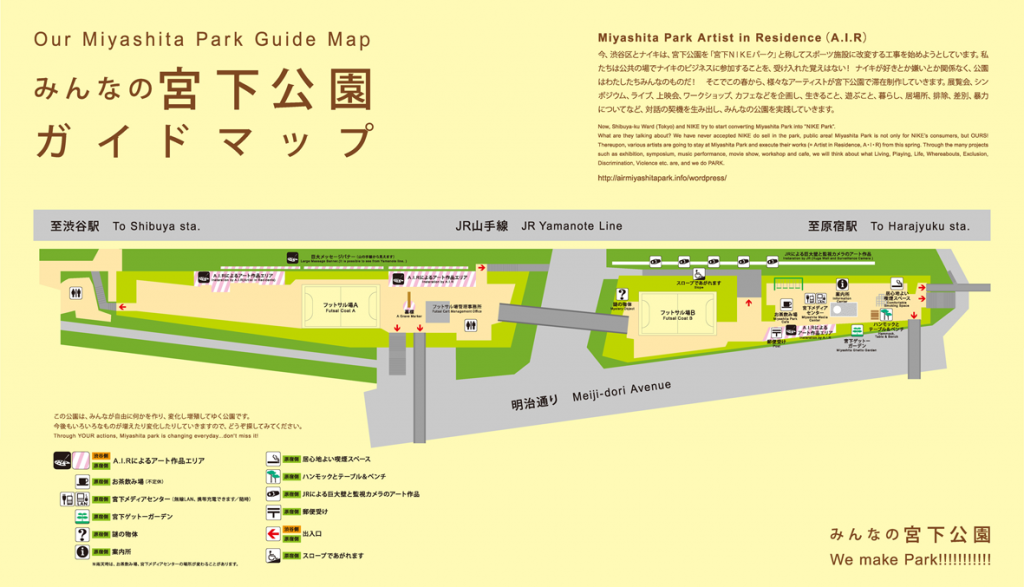
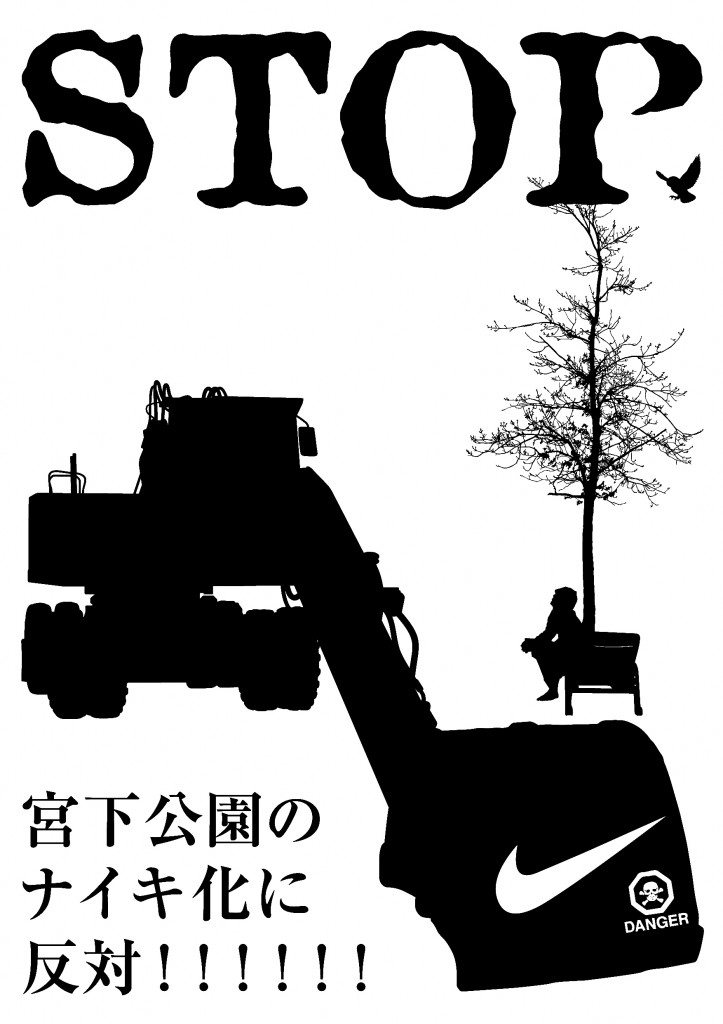
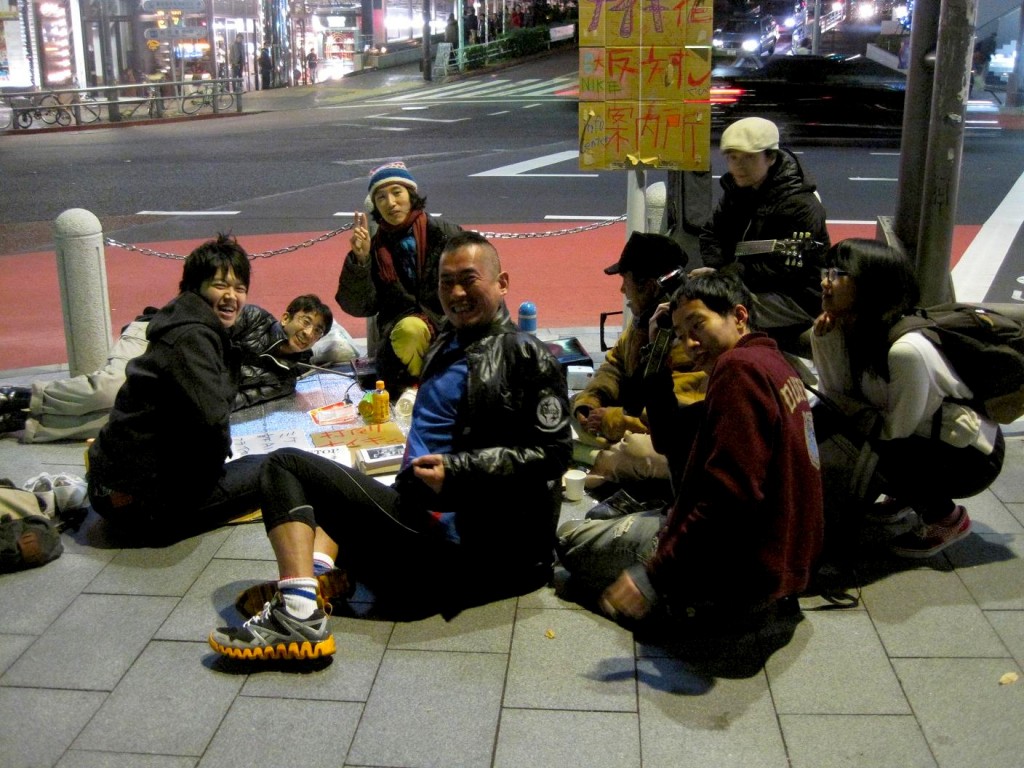
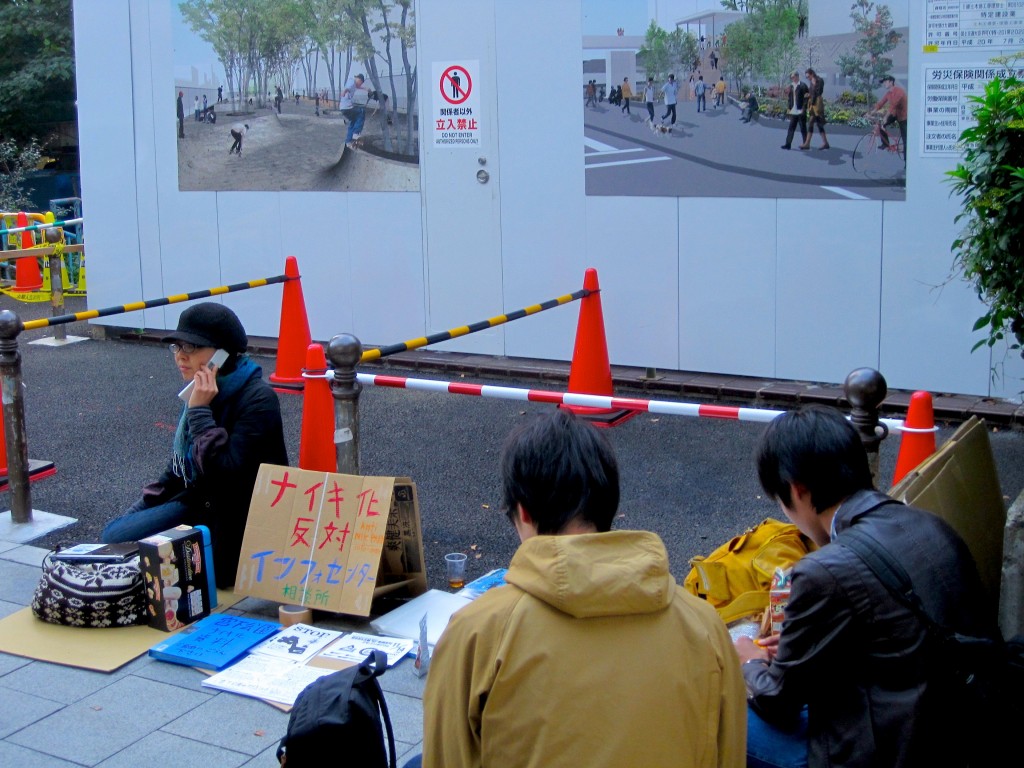
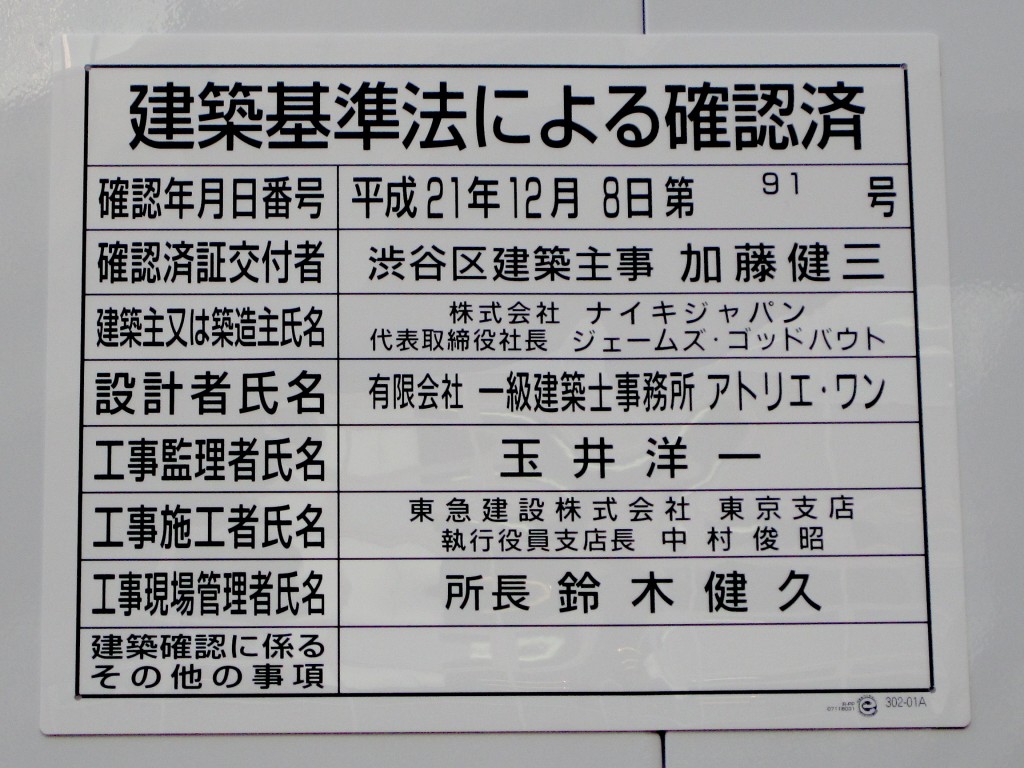
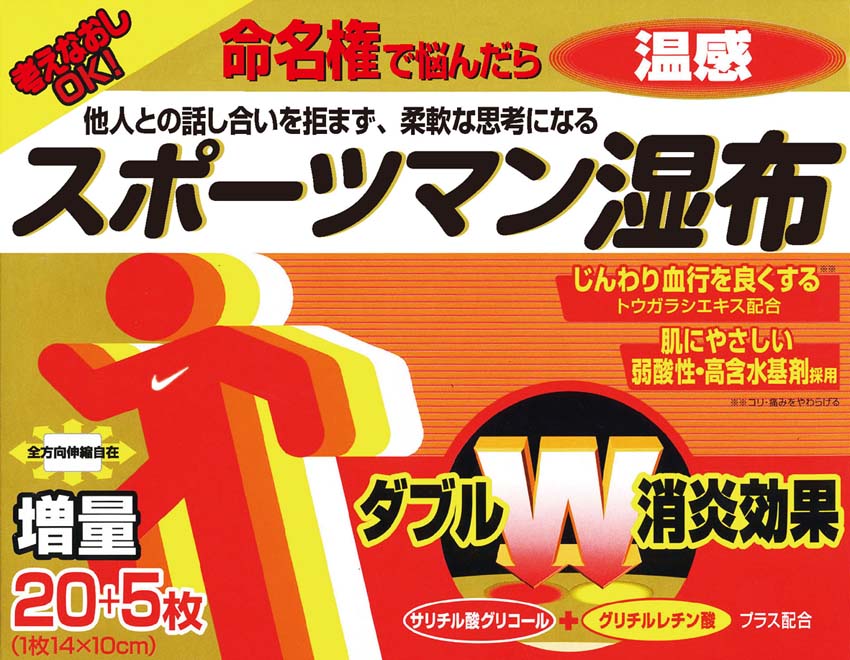

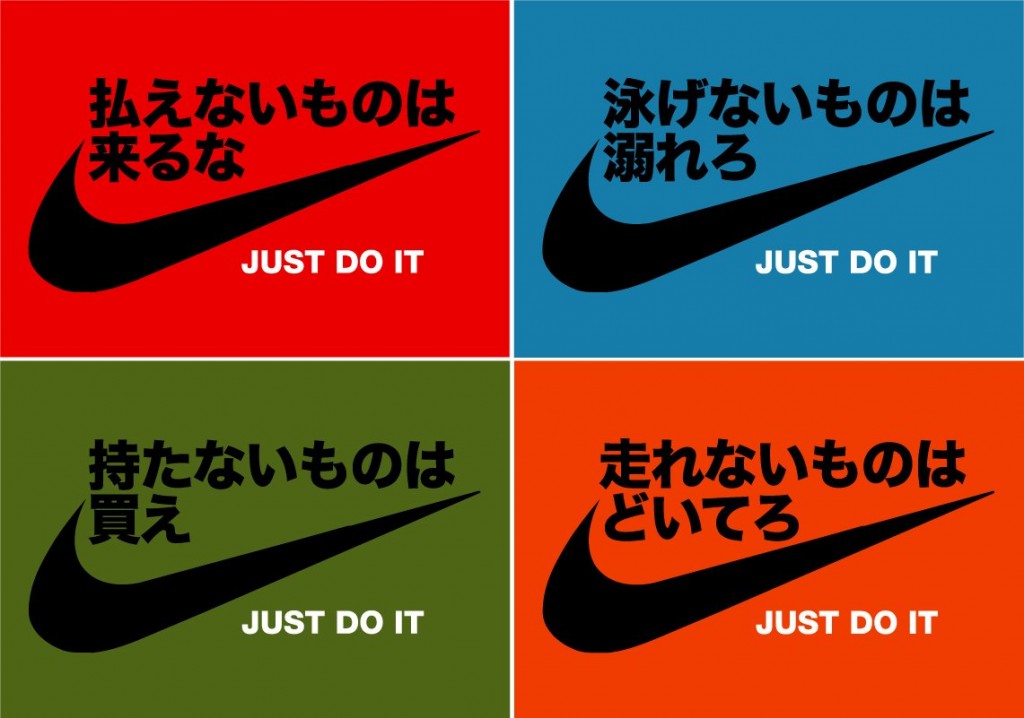
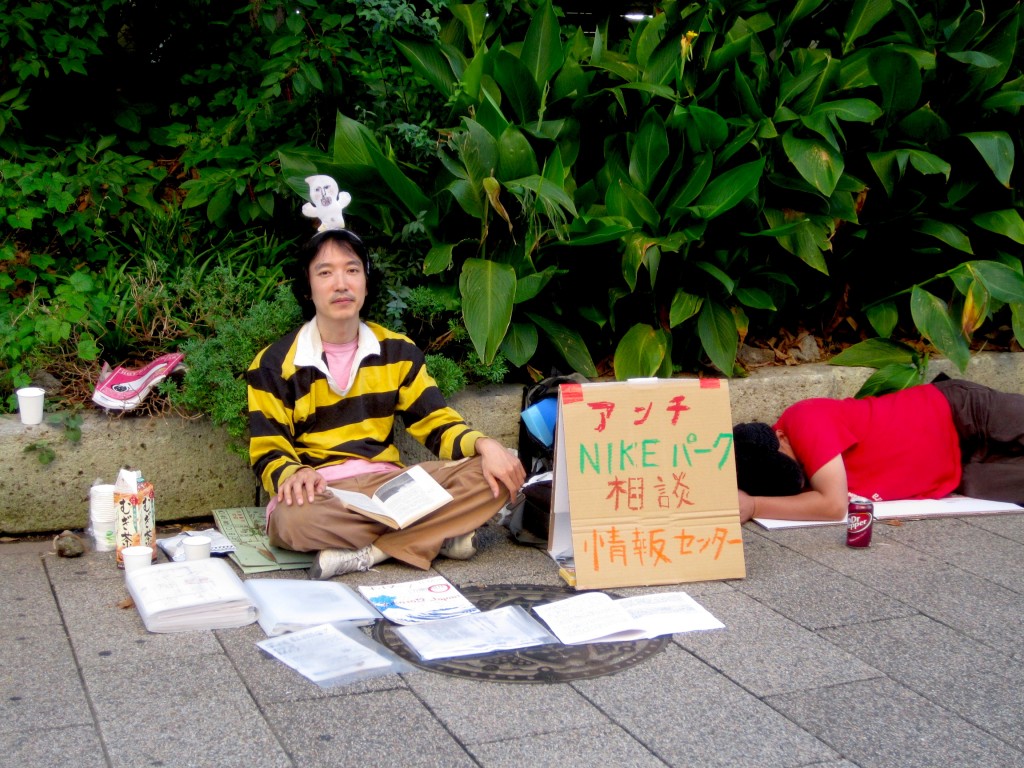
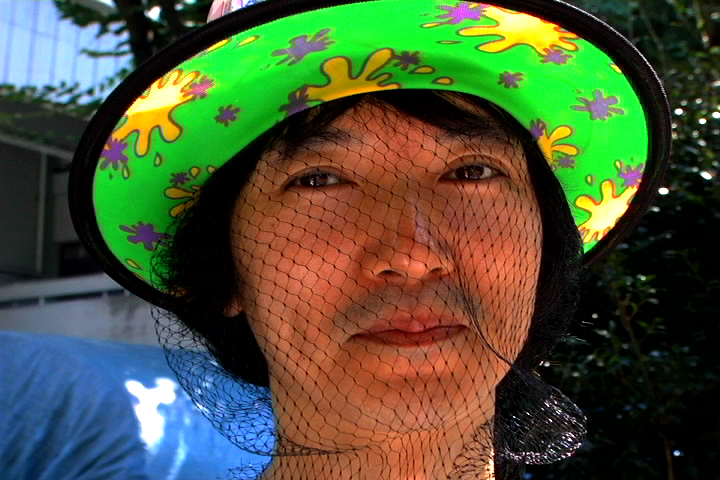
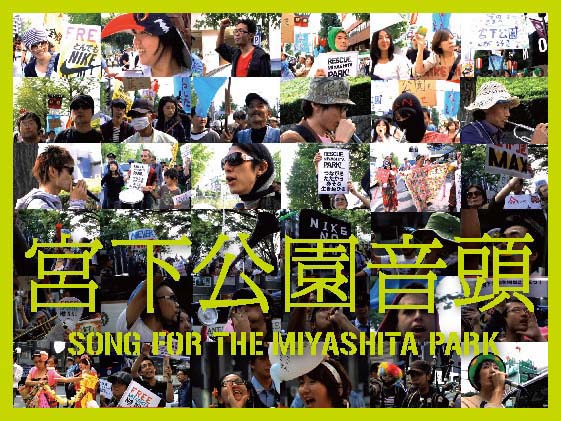
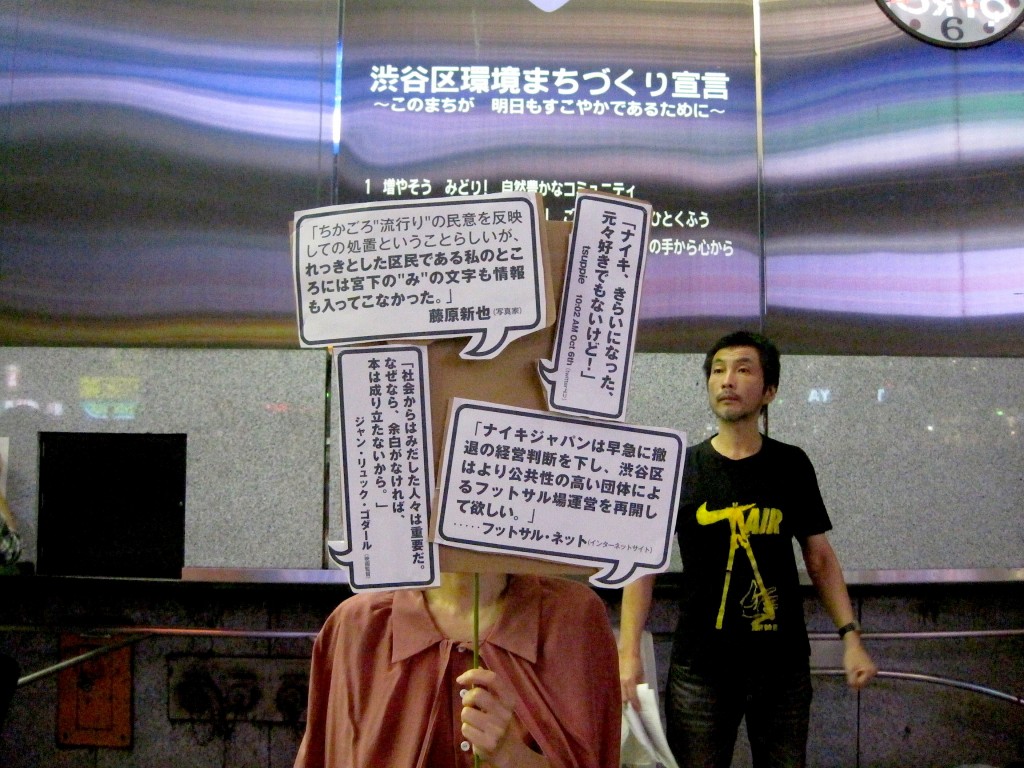
TrackBack URI